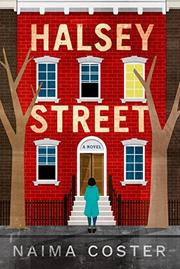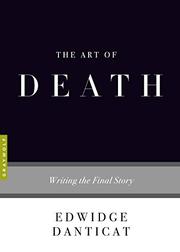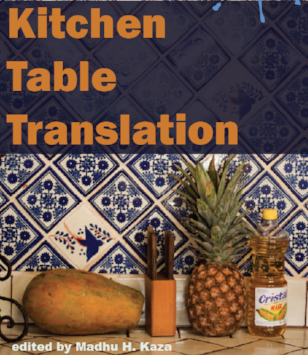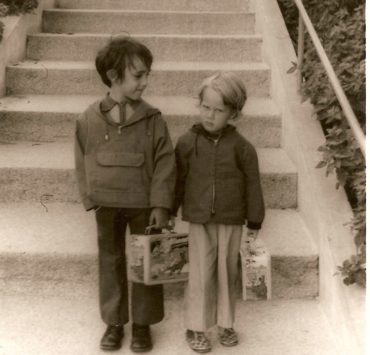
The Art of Death by Edwidge Danticat
On page 40, Danticat writes: ‘Sometimes we must write what we are most terrified to write, and we need our shadows, however haunting they may be, in order to write the best book we can.’ I’m writing a memoir and can’t tell you how true I know this to be. — Vanessa Martir
Buy the book!
Interview with Danticat
MyOTHER TONGUE by Rosa Alcalá

I kept reading for all the relationships in the book, the relationship with money with language with history and family. I read for its economy and precision describing all these seductions. At times I accessed the language so easily like it was my own and when there were barriers I was still curious as to what was beyond them. There were poems I wish I had written myself especially Paramour and Dear María and Mise en garde. Was totally jelly of those. — Sheila Maldonado
Halsey Street by Naima Coster

Coster’s absorbing and beautifully written novel Halsey Street haunts me still. Set in two cities I love, Pittsburgh and New York, it’s both lucidly familiar and emotionally unpredictable. It’s a novel that faces head-on the complicated ways women are split between their duty to their families and their personal passions. In this deeply profound and moving story, Penelope es tremenda! — Angie Cruz
Lost in Arcadia by Sean Gandert
Lost in Arcadia is such a rich, immersive experience, the virtual reality of the novel used to great effect. At its heart this is a tender family drama but it’s wrapped in a shell of computer simulations, online addiction, and societal collapse. Sean Gandert plays on the line between these poles with a sure hand. This is the debut of an author to watch.—Victor Lavalle
All The Agents And Saints by Stephanie Elizondo Griest

It is this comparison of life along the northern and southern borders that makes, All the Agents and Saints, unique. I can’t think of another book that puts the U.S./Mexico and U.S./Canada border together, and looks at patterns of how people are treated, how people are policed, and how people resist. A lot of times, when we read about the border, it is all about the Mexican border — and the Canadian border is ignored. —Daisy Hernandez










